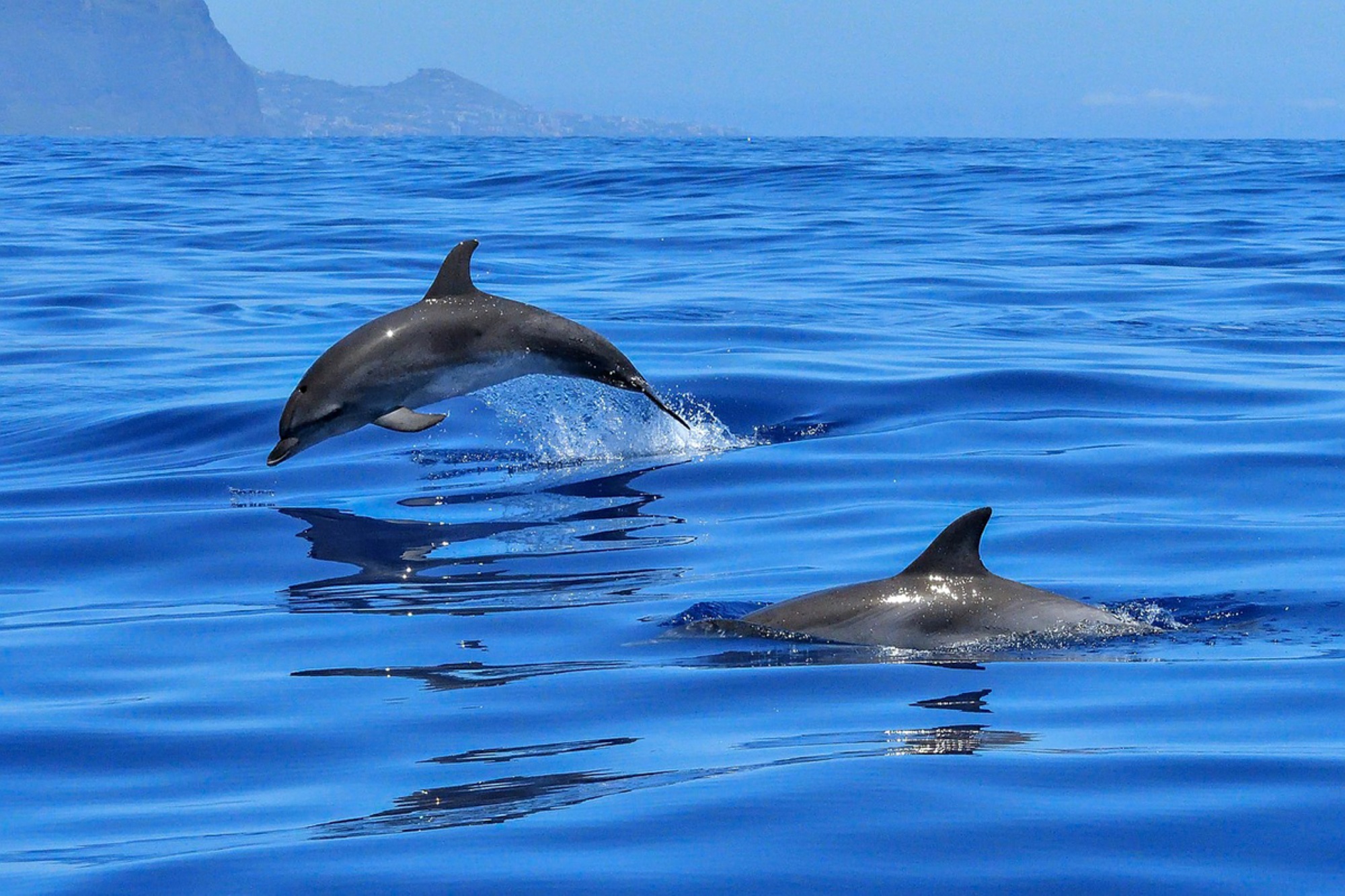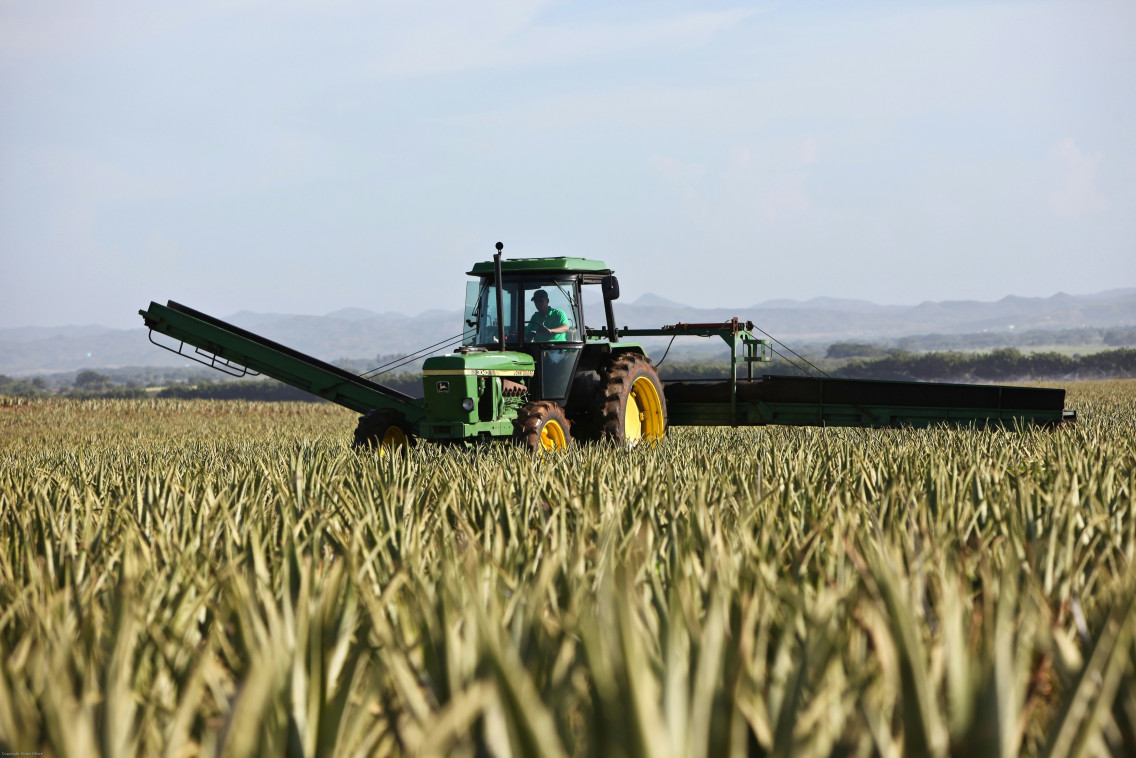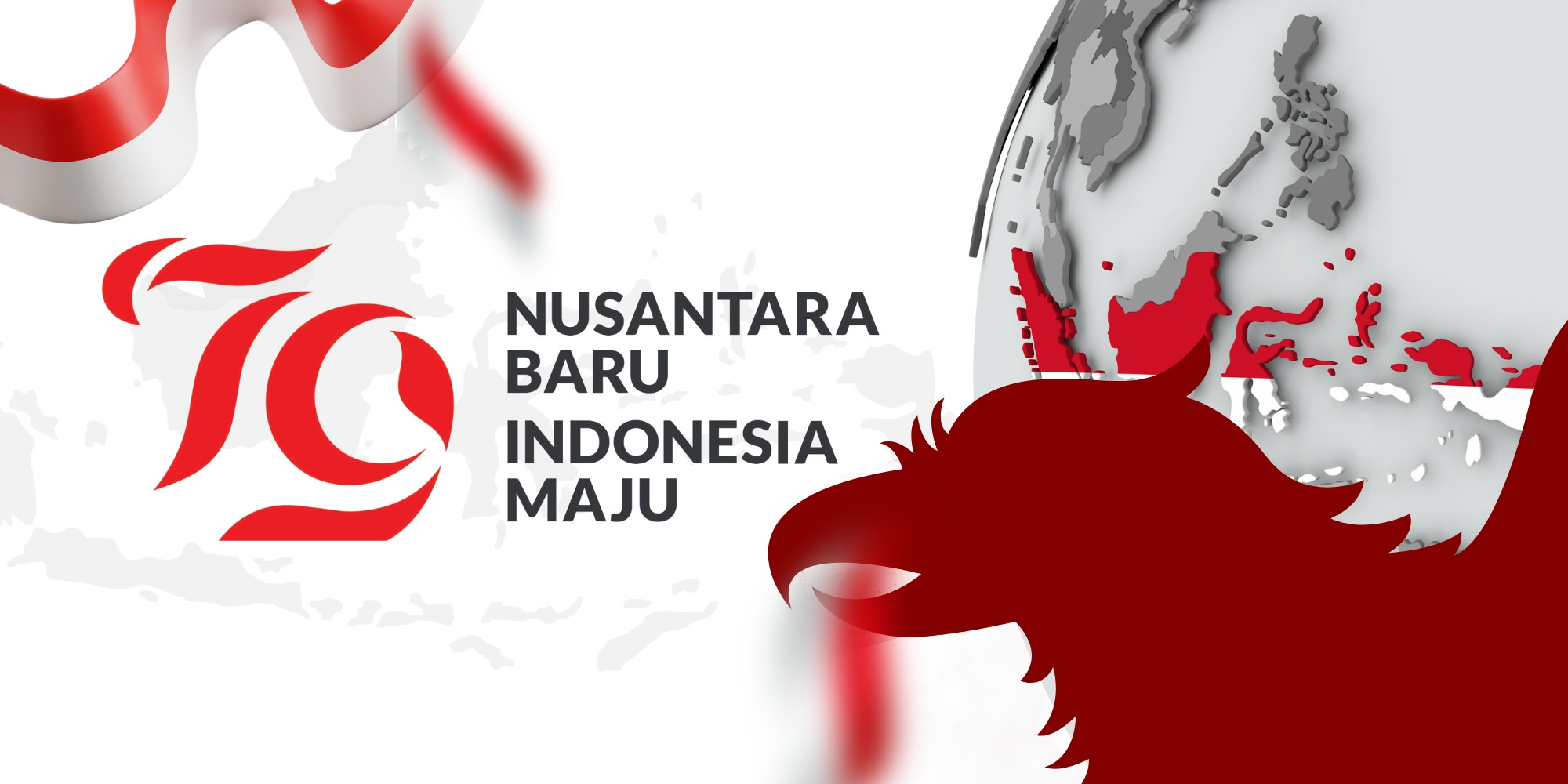Southeast Asia's Waters Teeming with Whales and Marine Mammals

Whale and Dolphins spotted in Raja Ampat. Source: Papua Paradise
Southeast Asia’s waters are among the most biodiverse in the world, home to many marine mammals that play a crucial role in maintaining ecological stability. From migratory whales to coastal dolphins and seagrass-grazing dugongs, the region’s marine ecosystems support a remarkable variety of species. Their presence reflects the overall health of these waters, highlighting the importance of conservation efforts to ensure their survival.
Humpback and blue whales pass through these waters, and bottlenose and striped dolphins are common along the coast. Dugongs, essential to seagrass ecosystem balance, inhabit the region’s shallow waters. The abundance and variety of all these species show how important Southeast Asia is as a habitat for marine life.
Conservation initiatives have been established to protect these species and their habitats. Marine Protected Areas (MPAs) are secure locations that enable marine mammals to thrive without the threat of habitat loss. Ongoing research efforts provide crucial data on population dynamics and threats, enabling more effective protection strategies. Collaboration between governments, conservation groups, and local communities strengthens marine conservation, ensuring long-term sustainability.
Thai Volunteers help a sick dolphin. Source: 13NewsNow
Eco-tourism has played a role in raising awareness and generating financial support for conservation projects. Whale and dolphin-watching tour activities allow visitors to observe the animals in their natural habitats while promoting sustainable tourism practices. However, strict regulations are necessary to prevent disturbances to marine life and ensure long-term ecological balance.
Despite progress, marine mammals in the region continue to face threats. Pollution, particularly plastic waste, poses significant risks, while coastal development and climate change disrupt natural habitats and food sources. Solutions to the issues include collective action, strict environmental policy, and public engagement to assist in mitigating human impacts on marine ecosystems.
With continued commitment to conservation, Southeast Asia’s waters can remain a sanctuary for marine life. Strengthening protection measures and fostering sustainable practices will be essential in preserving the region’s rich marine diversity that remains secure for generations to come.
References:
Tags:
Promotion
No promotions available.
Related Articles

Indonesia Agricultural Supplement Ranks Among the Top 100 Best Companies in ASEAN

5 Reasons to Study in Australia

7-Eleven to Close 444 Stores in North America as Part of Strategic Restructuring















